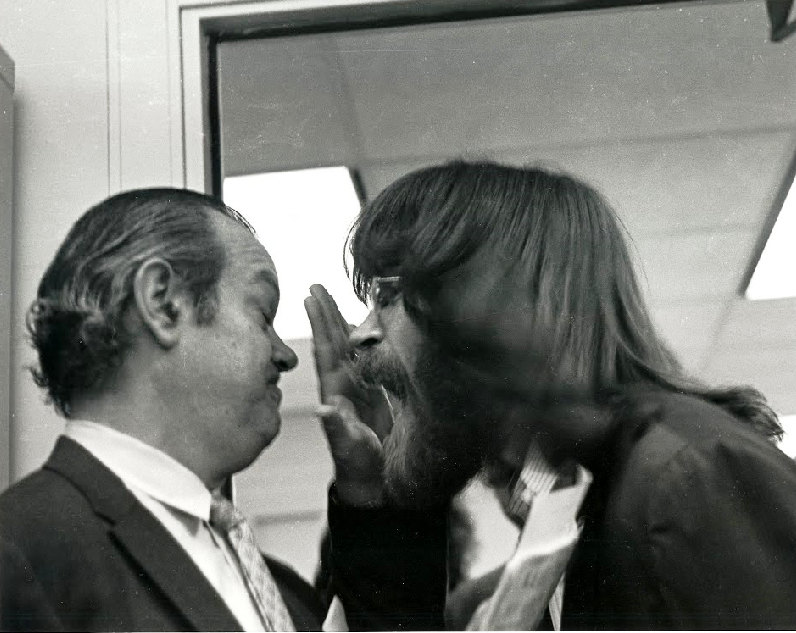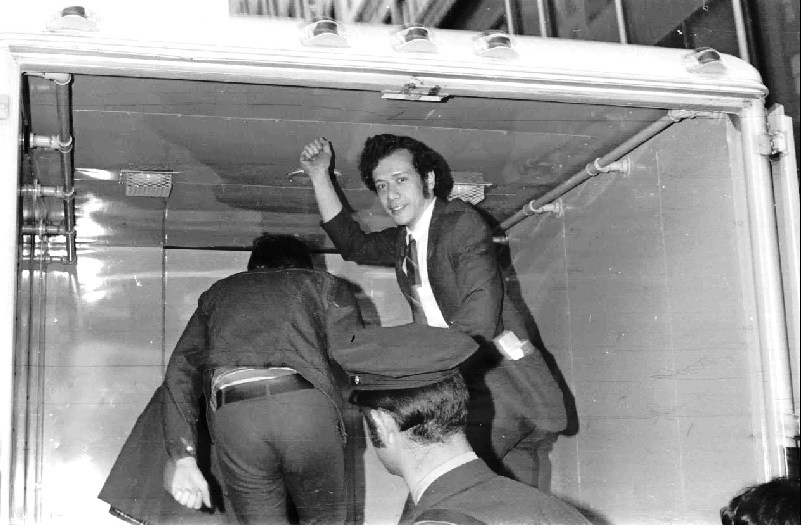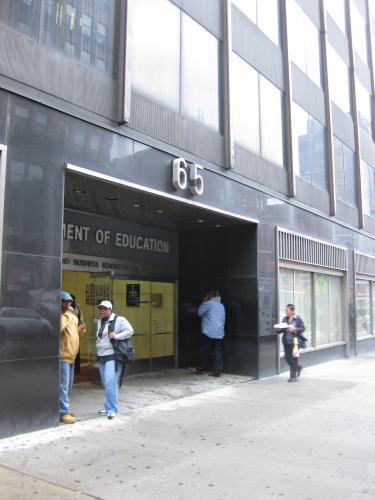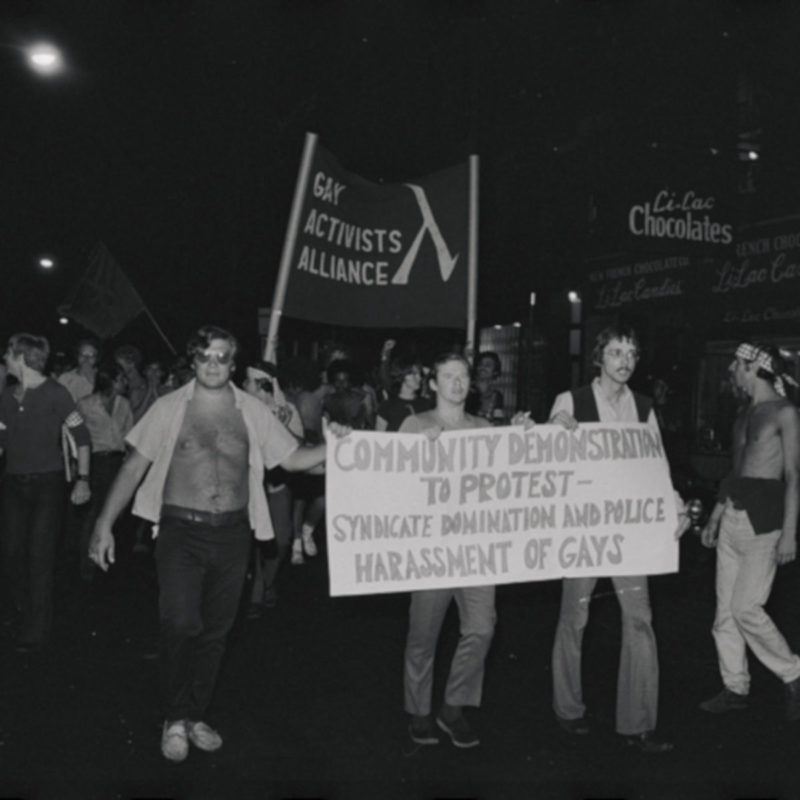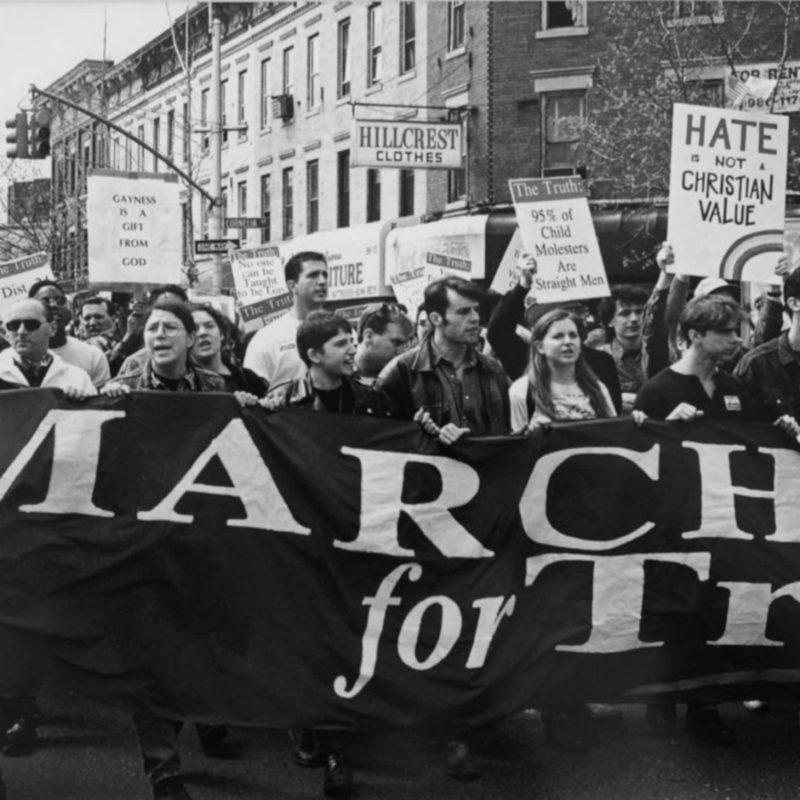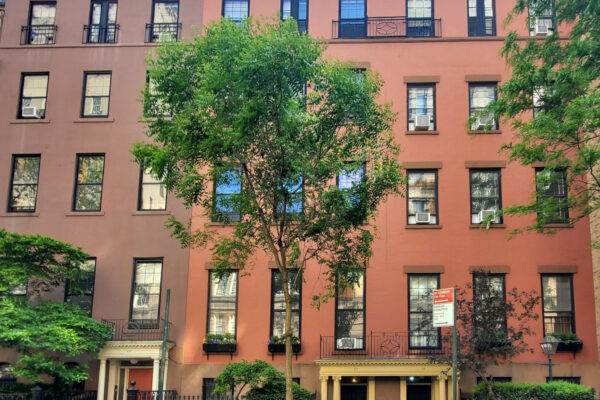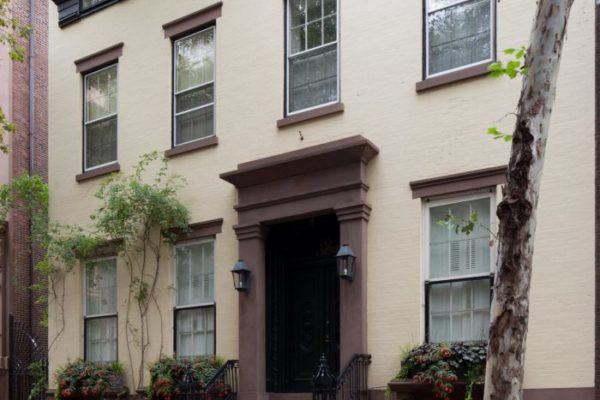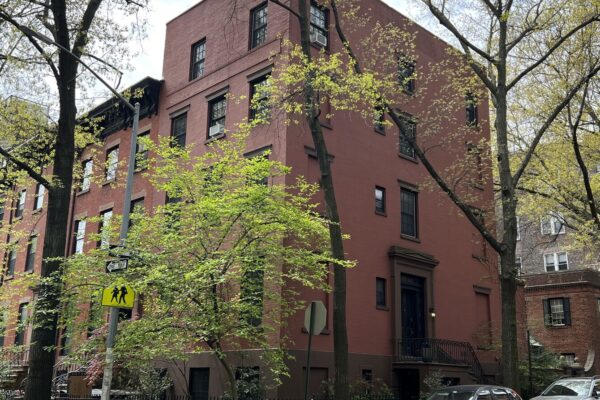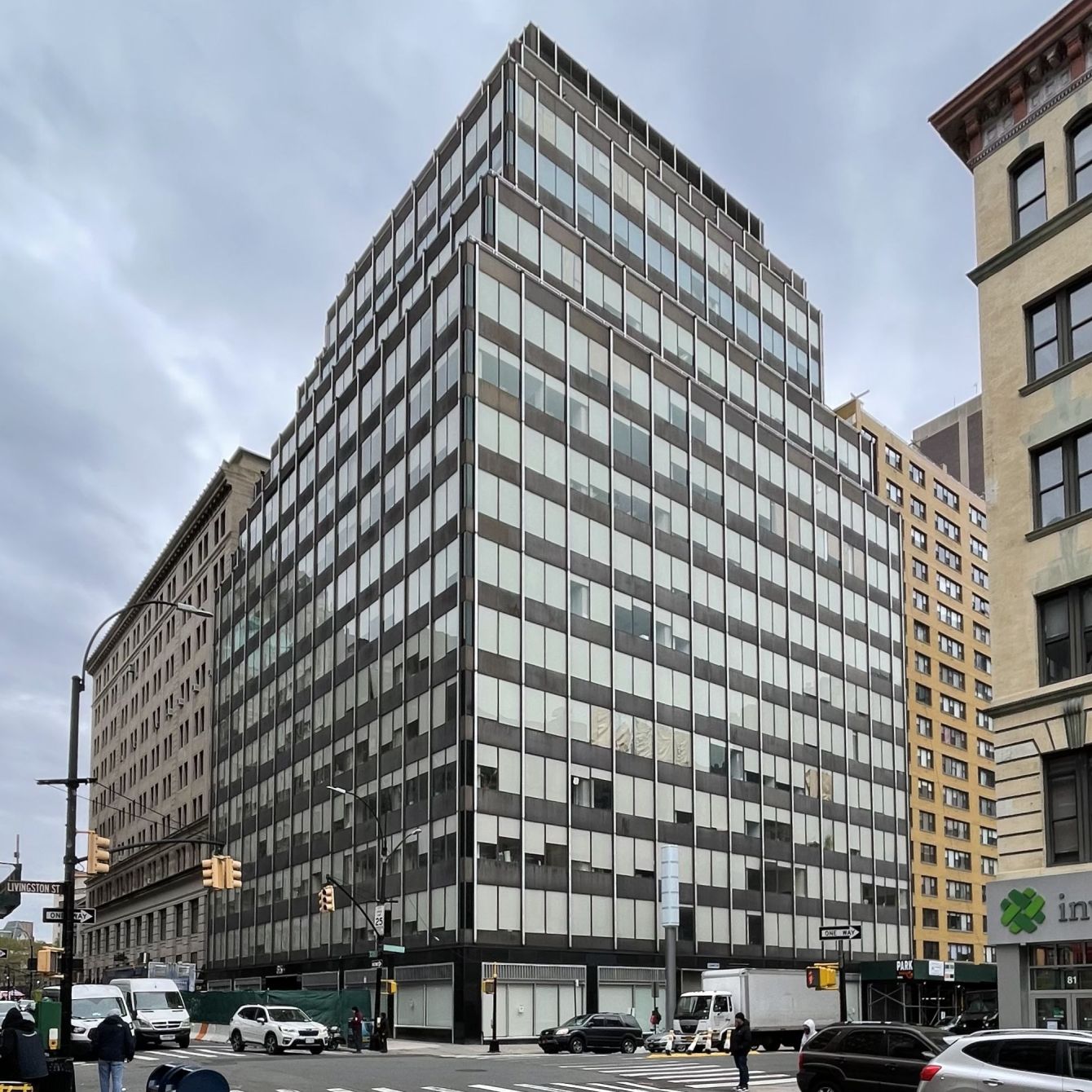
Gay Activists Alliance Zap at the New York City Board of Examiners
overview
The Gay Activists Alliance zapped the Board of Examiners, the agency responsible for the licensing of teachers, in downtown Brooklyn on April 13, 1971.
This was GAA’s second zap focusing on the discrimination faced by LGBT teachers, following its zap at the Board of Education on January 25, 1971.
On the Map
VIEW The Full MapHistory
Intro 475 (Clingan-Burden Bill) was introduced before the New York City Council on January 6, 1971, to prohibit discrimination based on sexual orientation. As a means to support the bill, the Fair Employment Committee of the Gay Activists Alliance (GAA) conducted research on job discrimination in the city as background. It found that discrimination against LGBT teachers surpassed that of all other institutions or private businesses. The majority of accusations of discrimination were made against the Board of Examiners, which controlled the actual licensing of teachers, but the Board of Education’s official policies remained unclear. GAA’s requests for clarification or meetings went unmet, even after a zap at the Board of Education headquarters in downtown Brooklyn on January 25, 1971. (See our curated theme for background on the “zap” tactic.)
On April 13, 1971, around 2:00 p.m., about 40 to 60 GAA members, along with some Gay Liberation Front members, zapped the Board of Examiners headquarters in downtown Brooklyn. Demands included an end to discrimination against LGBT teachers; that the Board issue such a public policy statement; the reinstatement of fired gay teachers; that licenses be issued to teachers denied one due to their sexual orientation; and the resignation of Board of Examiners chair Gertrude Unser, unless she publicly repudiated her previous homophobic positions. Protestors formed a picket line outside, while others occupied the offices until 5:30, when the offices were to close. In typical GAA fashion, coffee accompanied the singing of gay liberation songs. The five GAA members who remained to be arrested – president Jim Owles, Morty Manford, John Paul Hudson (pseudonym John Francis Hunter), Gale McGovern, and Cora Perrotta – were dubbed the “Gertrude Unser Five.” The police inspector in charge of arrests was, amazingly, Seymour Pine, who had been transferred to Brooklyn duty after his notorious raids on Stonewall in June 1969 and the Snake Pit in March 1970.
After a court appearance on April 28, charges against the Unser Five were dropped at an adjournment on May 18. GAA’s zaps at the Boards of Education and Examiners did not effect any City policy changes, but they were among the earliest protests in the U.S. to highlight the issue of discrimination against LGBT teachers. Job protection did not occur until Mayor John V. Lindsay’s February 7, 1972, administrative directive to protect LGBT city employees against discrimination in hiring and promotion. The bill to prohibit discrimination based on sexual orientation was not passed by the City Council until 1986.
Read about other GAA actions, listed in chronological order, in our curated theme.
Entry by Jay Shockley, project director (August 2020).
NOTE: Names above in bold indicate LGBT people.
Building Information
- Architect or Builder: Emery Roth & Sons
- Year Built: 1964-66
Sources
“5 Arrested in GAA Zap,” Gay Activist, May 1971, 1, 14.
“Charges Dropped Against Board of Ed. Sit-Ins,” GAY, June 21, 1971.
Gay Activists Alliance, “Unser 5” press releases, April 14 and 28, 1971.
Lillian Faderman, The Gay Revolution: The Story of the Struggle (New York: Simon & Schuster, 2015), 690-691, note 53.
Richard C. Wandel, “5 Arrested in Gay Teacher Dispute,” GAY, May 24, 1971, 1.
Do you have more information about this site?
This project is enriched by your participation! Do you have your own images of this site? Or a story to share? Would you like to suggest a different historic site?
